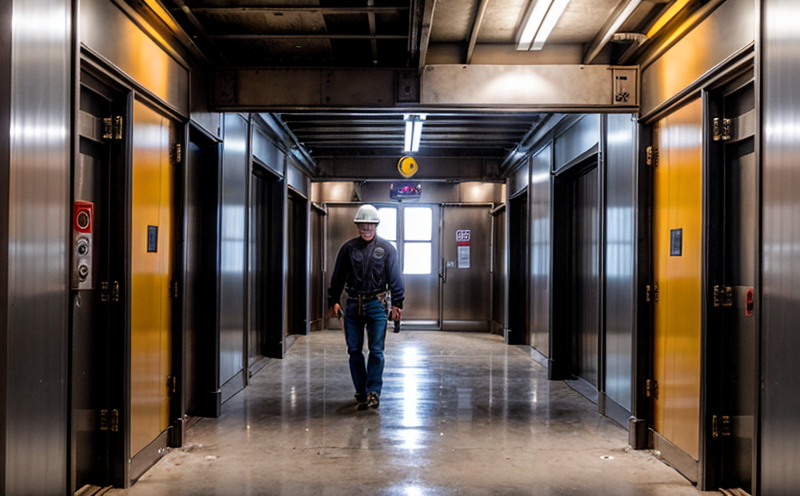Freight elevator inspection
The inspection of freight elevators is a critical process that ensures safety and compliance with international standards. Freight elevators are used in industrial, commercial, and residential settings to transport heavy loads, making their reliability and proper functioning essential for both efficiency and safety.
During an inspection, several key aspects are evaluated to ensure the elevator operates safely and efficiently. These include the mechanical components such as the motor, brakes, pulleys, and cables; electrical systems like the control panel, relay circuits, and lighting; and the structural integrity of the car and shaft.
The inspection process involves a thorough examination of these elements to identify any potential hazards or issues that could lead to accidents. This is especially important given the higher loads handled by freight elevators compared to passenger elevators. The inspection also covers emergency systems, including fire doors and safety gates, ensuring they function correctly in case of an emergency.
It's crucial to note that freight elevator inspections are not only about identifying immediate risks but also about maintaining long-term reliability. Regular inspections help prevent equipment failures, extend the life of the elevator, and ensure compliance with local and international standards.
The inspection process typically involves visual checks, functional tests, and sometimes disassembly for deeper examination. The results of these inspections are documented in a detailed report that serves as a reference point for future maintenance and upgrades.
Understanding the specific requirements for freight elevators is essential for ensuring compliance with relevant standards such as ISO 18007:2014, EN 81-20, and ASME A17.1. These standards provide a framework for assessing the safety of elevator systems, including freight elevators.
Regular inspections play a vital role in maintaining compliance with these regulations, which are designed to protect public safety. By adhering to these guidelines, operators can ensure that their freight elevators meet all necessary requirements and operate safely under various conditions.
Applied Standards
| Standard | Description |
|---|---|
| ISO 18007:2014 | International standard for the inspection of elevators and escalators, including freight elevators. |
| EN 81-20 | European standard that specifies requirements for safety in the design, manufacture, installation, commissioning, operation, maintenance, and decommissioning of passenger and freight lifts. |
| ASME A17.1 | American Society of Mechanical Engineers' code that provides requirements for safety inspection, testing, and operation of elevators, escalators, and moving walks. |
Scope and Methodology
The scope of a freight elevator inspection includes both the mechanical and electrical components of the elevator. This involves checking the structural integrity, operational efficiency, and safety systems of the elevator.
- Visual inspection of all visible parts including car, door mechanisms, and shaft walls.
- Functional testing of critical components such as brakes, cables, and control panels.
- Evaluation of emergency stop systems and fire doors for proper operation.
The methodology employed in the inspection process ensures that all aspects are covered comprehensively. This includes detailed documentation of findings and recommendations for necessary repairs or upgrades. The inspection also involves a review of maintenance records to understand the history and usage patterns of the elevator.
International Acceptance and Recognition
- Freight elevators inspected according to ISO standards are recognized globally for their safety and reliability.
- Elevators that meet the requirements of EN 81-20 are accepted in European Union countries as compliant with local regulations.
- ASME A17.1 inspections are widely accepted in North America and provide a benchmark for elevator safety standards.





